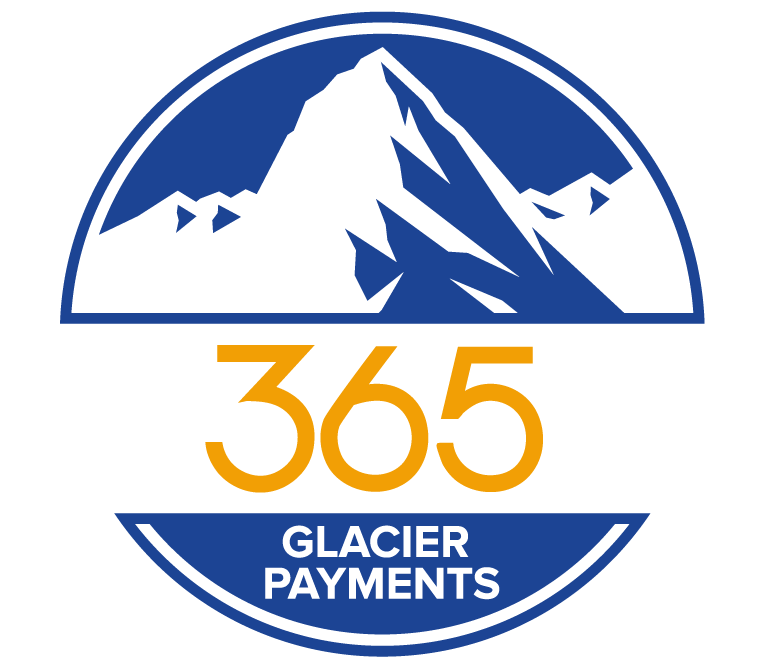Rapid Dispute Resolution (RDR) – What It Is and How It Can Help Your Business
Chargeback. The word is enough to send chills up the spine of any well-meaning merchant who is running a streamlined organization. As a business owner, you may be doing all you can to ensure that the customer is right. However, there are times when a customer cannot be appeased, and their credit card company gets a request to file what no merchant wants to have – a chargeback. For those of you who don’t know what a chargeback is, you should feel privileged. After reading this article, you will become familiar with this term and how Rapid Dispute Resolution can keep those pesky chargebacks to a minimum.
A chargeback occurs when a consumer calls their credit card issuer to have funds reversed from transferring into the merchant’s bank account. This means that you, as the merchant, do not get paid for your service or product. What is worse, is that the bank that is in charge of your credit card processing account penalizes you if you have too many chargebacks. This puts you at risk of losing your credit card processing account, and in the worse case scenario, can put you on the MATCH (Merchant Alert To Control High Risk) or TMF (Terminated Merchant File) list. This means that no bank will allow you to process credit cards for five years. This scenario is enough to end most businesses. After reading this, you may be scratching your head, wondering how to mitigate chargebacks, and perhaps save your business down the road. This is where Rapid Dispute Resolution (RDR) comes into play. Read further to understand exactly what RDR is, and how it can help your business.
What is Rapid Dispute Resolution (RDR)?
Rapid Dispute Resolution is a product that was put into place by Verifi and is utilized by Visa. RDR allows for merchants to get ahead of chargebacks by putting parameters into place that direct the bank to automatically provide funds back to the cardholder after a dispute is filed. This prevents the dispute form entering the chargeback phase by solving the problem in its infancy. In short, if you accept liability upon the consumer filing the dispute (this is the pre-dispute phase), it never actually enters the chargeback phase, because you have accepted liability. This means that the bank doesn’t label the dispute as such, but as an RDR resolved transaction. This is key, because your dispute/chargeback ratio (which can ultimately shut down your merchant account) will not be impacted.
How Do I Participate in RDR?
RDR is available to all Visa sellers, issuers and acquirers. Upon activating RDR, the acquirer will need to reclassify data to distinguish RDR transactions from actual disputes so that the RDR resolved transactions are not identified as disputes in statements, invoices or billing systems. The good news is that acquirers were previously informed of these requirements, and most have completed global RDR activation prerequisites in the spring of 2021.
As the merchant, you have quite a bit of leeway in determining which disputes to automatically refund through RDR. You can utilize anything from transaction values to transaction dates to chargeback reason codes. For example, refund any transaction less than or equal to $30 made in the last 30, 60, or 90 days, or refund all pre-disputes with the disputer category code 10: FRAUD. Unless you want to make changes in the future, the values that you choose as parameters for your refunds will remain static, making the process hassle free. Keep in mind that you will receive daily updates from Visa regarding your returns. This will provide you with live data to help support your decision-making process when adjusting your RDR parameters as you move forward.
If you are running an established business, you may be wondering how RDR integrates into your CRM system. This may take some adjusting, as RDR refunds will need to be accounted for within your CRM so that double refunds don’t occur.
Benefits of RDR
As mentioned in the beginning of this post, one of the most pertinent merchant benefits of RDR is keeping chargeback thresholds in check. The RDR program serves as a built-in insurance policy to help prevent placement on the TMF or MATCH list. Visa’s current chargeback threshold before taking action against a merchant is a .9% ratio and 100 chargebacks per month. If you take these numbers into consideration, RDR is especially beneficial for verticals that are considered high risk. If you are close to breaching the Visa chargeback threshold, RDR will be an extremely useful tool to keep your ratios in check. This benefit also applies to those merchants who are currently in the Visa Chargeback Monitoring Program.
Bottom Line
If you have decided that you want to protect your business and have more control over chargebacks and disputes, the RDR program is for you. Contact 365 Glacier Payments to obtain more information on how to enroll in this program.
365 Glacier Payments has over two decades of experience in providing high-risk merchants with chargeback and fraud solutions that enable businesses to mitigate their risk. If you have additional questions or are ready to explore solutions, please schedule an appointment here. If you prefer, you can reach us at 866.857.8766 or email info@365glacierpayments.com. We look forward to hearing from you!






